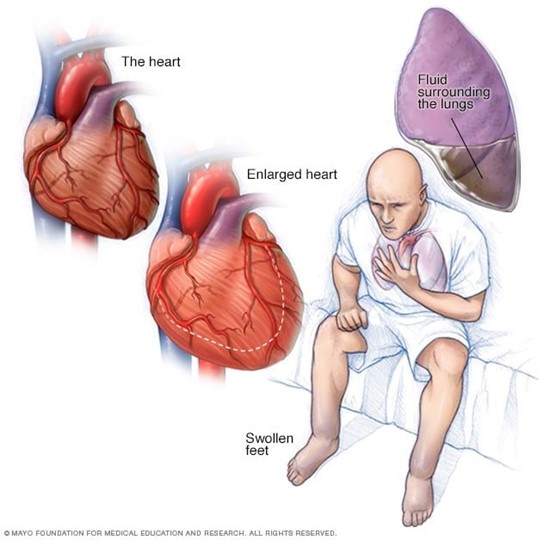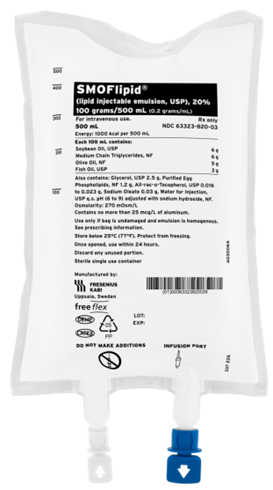A nurse is providing discharge teaching to a client who has a new diagnosis of heart failure. Which of the following instructions should the nurse include in the teaching?
Exercise at least three times per week.
Notify the provider of a weight gain of 0.5 kg (1 lb) in a week.
Take diuretics early in the morning and before bedtime.
Take naproxen for generalized discomfort.
The Correct Answer is A
a. This is appropriate as regular, moderate exercise can help improve cardiovascular health and functional capacity in clients with heart failure. It is essential to discuss appropriate types and levels of exercise based on the individual’s condition.
b. This is incorrect because clients should be instructed to notify the provider if they gain 1 kg (2.2 lbs) in one day or 2 kg (4.4 lbs) in one week. A weight gain of 0.5 kg is not typically a threshold for concern.
c. Take diuretics early in the morning and before bedtime is wrong because it may disrupt the client's sleep patern and cause nocturia. The nurse should advise the client to take diuretics early in the morning and avoid taking them in the evening or at night, unless prescribed otherwise.
d. Take naproxen for generalized discomfort is wrong because naproxen is a nonsteroidal anti-inflammatory drug (NSAID) that can worsen heart failure by causing sodium and water retention, increasing blood pressure, and reducing the effectiveness of diuretics and other heart failure medications. The nurse should advise the client to avoid NSAIDs and use acetaminophen or other alternatives for pain relief, as prescribed by the provider.

Nursing Test Bank
Naxlex Comprehensive Predictor Exams
Related Questions
Correct Answer is ["75"]
Explanation
To calculate the infusion rate, divide the volume of fluid by the time in hours. In this case, 1800 mL / 24 hr = 75 mL/hr.
Round the answer to the nearest whole number and use a leading zero if it applies.
Do not use a trailing zero because it could be misread as a decimal point. Therefore, the nurse should set the IV pump to deliver 75 mL/hr.

Correct Answer is D
Explanation
Moving objects away from the client is an important action to take during a seizure, as it can prevent injury and protect the client from harm.
"Place the client on his back." is not correct, as it can cause airway obstruction and aspiration. The client should be placed on his side, preferably in a lateral recumbent position, to allow saliva and secretions to drain from the mouth.
"Restrain the client." is not appropriate, as it can cause injury, increase agitation, or prolong the seizure. The client should be allowed to move freely during a seizure, but supported and guided away from hazards.
"Insert a padded tongue blade into the client's mouth." is not advisable, as it can cause oral trauma, choking, or damage to the teeth. The client should not have anything inserted into his mouth during a seizure, as he cannot swallow or bite his tongue. The nurse should ensure that the client's airway is clear and patent.
Whether you are a student looking to ace your exams or a practicing nurse seeking to enhance your expertise , our nursing education contents will empower you with the confidence and competence to make a difference in the lives of patients and become a respected leader in the healthcare field.
Visit Naxlex, invest in your future and unlock endless possibilities with our unparalleled nursing education contents today
Report Wrong Answer on the Current Question
Do you disagree with the answer? If yes, what is your expected answer? Explain.
Kindly be descriptive with the issue you are facing.
